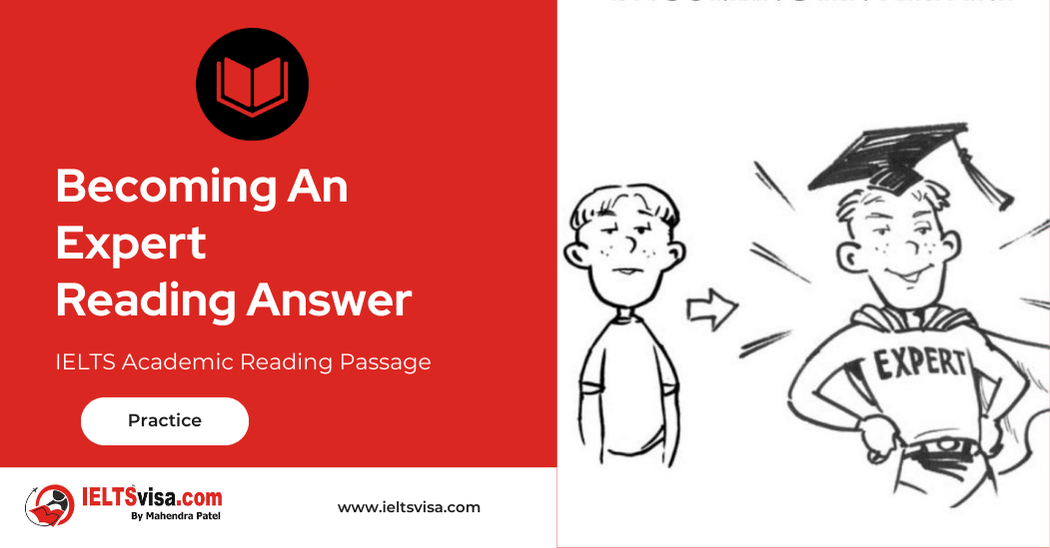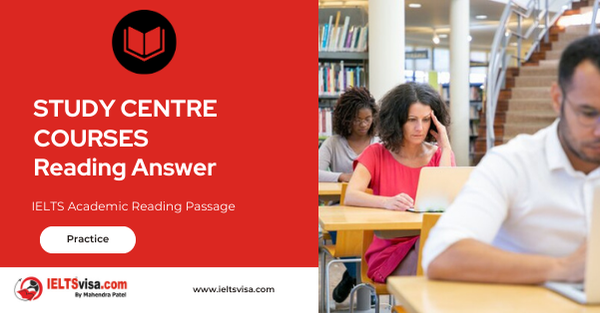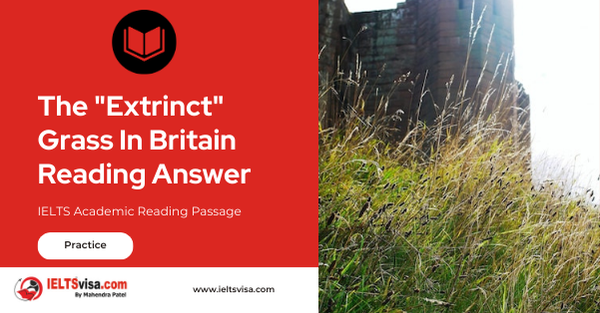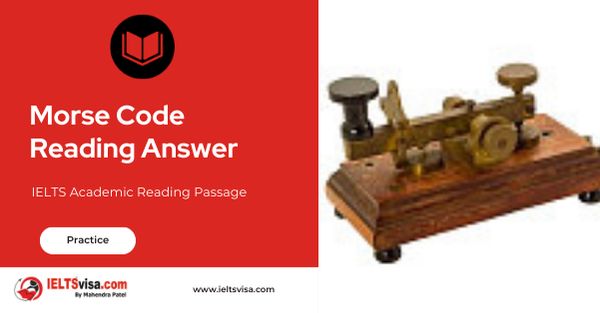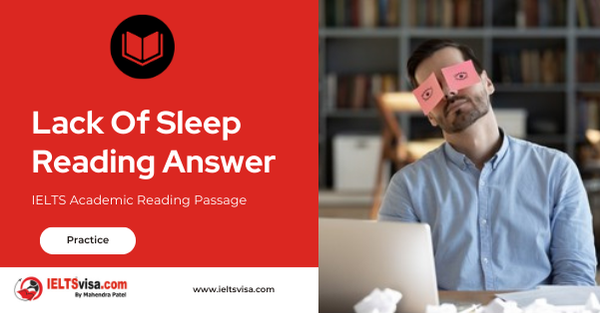Ancient Chinese Chariots Reading Answer
IELTS Academic Reading Passage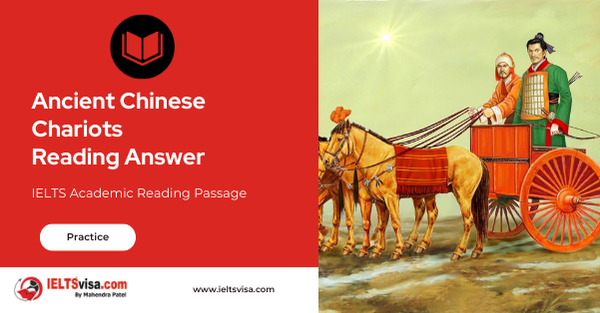
A
The Shang Dynasty or Yin Dynasty, according to traditional historiography, ruled in the Yellow River valley in the second millennium. Archaeological work at the Ruins of Yin (near modern-day Anyang), which has been identified as the last Shang capital, uncovered eleven major Yin royal tombs and the foundations of palaces and ritual sites, containing weapons of war and remains from both animal and human sacrifices.
B
The Tomb of Fu Hao is an archaeological site at Yinxu, the ruins of the ancient Shang Dynasty capital Yin, within the modem city of Anyang in Henan Province, China. Discovered in 1976it was identified as the final resting place of the queen and military general Fu Hao. The artifacts unearthed within the grave included jade objects, bone objects, bronze objects etc. These grave goods are confirmed by the oracle texts, which constitute almost all of the first hand written record we possess of the Shang Dynasty. Below the corpse was a small pit holding the remains of six sacrificial dogs and along the edge lay the skeletons of human slaves, evidence of human sacrifice.
C
The Terracotta Army was discovered on 29 March 1974 to the east of Xian in Shaanxi. The terracotta soldiers were accidentally discovered when a group of local farmers was digging a well during a drought around 1.6 km (1 mile) east of the Qin Emperors tomb around at Mount Li (Lishan), a region riddled with underground springs and watercourses. Experts currently place the entire number of soldiers at 8,000 — with 130 chariots (130 cm long), 530 horses and 150 cavalry horses helping to ward of any dangers in the afterlife. In contrast, the burial of Tutank Hamun yielded six complete but dismantled chariots of unparalleled richness and sophistication. Each was designed for two people (90 cm long) and had its axle sawn through to enable it to be brought along the narrow corridor into the tomb.
D
Excavation of ancient Chinese chariots has confirmed the descriptions of them in the earliest texts. Wheels were constructed from a variety of woods: elm provided the hub, rose-wood the spokes and oak the felloes. The hub was drilled through to form an empty space into which the tampering axle was fitted, the whole being covered with leather to retain lubricating oil. Though the number of spokes varied, a wheel by the fourth century BC usually had eighteen to thirty-two of them. Records show how elaborate was the testing of each completed wheel: flotation and weighing were regarded as the best measures of balance, but even the empty spaces in the assembly were checked with millet grains. One outstanding constructional asset of the ancient Chinese wheel was dishing. Dishing refers to the dish-like shape of an advanced wooden wheel, which looks rather like a flat cone. On occasion they chose to strengthen a dished wheel with a pair of struts running from rim to rim on each of the hub. As these extra supports were inserted separately into the felloes, they would have added even greater strength to the wheel. Leather wrapped up the edge of the wheel aimed to retain bronze.
E
Within a millennium, however, Chinese chariot-makers had developed a vehicle with shafts, the precursor of the true carriage or cart. This design did not make its appearance in Europe until the end of the Roman Empire. Because the shafts curved upwards, and the harness pressed against a horse’s shoulders, not his neck, the shaft chariot was incredibly efficient. The halberd was also part of chariot standard weaponry. This halberd usually measured well over 3 metres in length, which meant that a chariot warrior wielding it sideways could strike down the charioteer in a passing chariot. The speed of chariot which was tested on the sand was quite fast. At speed these passes were very dangerous for the crews of both chariots.
F
The advantages offered by the new chariots were not entirely missed. They could see how there were literally the warring states, whose conflicts lasted down the Qin unification of China. Qin Shi Huang was buried in the most opulent tomb complex ever constructed in China, a sprawling, city-size collection of underground caverns containing everything the emperor would need for the afterlife. Even a collection of terracotta armies called Terra- Cotta Warriors was buried in it. The ancient Chinese, along with many cultures including ancient Egyptians, believed that items and even people buried with a person could be taken with him to the afterlife.
Questions 1-4
Do the following statements agree with the information given in Reading Passage? In boxes 1-4 on you answer sheet, write
TRUE if the statement is true
FALSE if the statement is false
NOT GIVEN if the information is not given in the passage
1. When discovered, the written records of the grave goods proved to be accurate.
2. Human skeletons in Anyang tomb were identified as soldiers who were killed in the war.
3. The Terracotta Army was discovered by people lived nearby by chance.
4. The size of the King Tutankhamen’s tomb is bigger than that of in Qin Emperors’ tomb.
Questions 5-10
Complete the notes below.
Choose ONE WORD from the passage for each answer.
Write your answers in boxes 5-10 on your answer sheet.
- The hub is made of wood from the tree of 5…………………
- The room through the hub was to put tempering axle in which is wrapped up by leather aiming to retain 6…………………
- The number of spokes varied from 18 to 7………………….
- The shape of wheel resembles a 8…………………
- Two was used to strengthen the wheel 9………………….
- Leather wrapped up the edge of the wheel aimed to remain 10………………….
Questions 11-13
Answer the questions below.
Choose NO MORE THAN THREE WORDS AND/OR A NUMBER from the passage for each answer.
11. What body part of horse was released the pressure from to the shoulder? 11…………………
12. What kind road surface did the researchers measure the speed of the chariot? 12…………………
13. What part of his afterlife palace was the Emperor Qin Shi Huang buried? 13…………………

Solution:Ancient Chinese Chariots Reading Answer
| 1. TRUE | 8. dish |
| 2. FALSE | 9. struts |
| 3. TRUE | 10. bronze |
| 4. NOT GIVEN | 11. Neck |
| 5. elm | 12. Sand |
| 6. oil | 13. Tomb complex |
| 7. 32 |
Review and Practice
- Regularly practice with IELTS reading samples and time yourself to get used to the pressure of the exam.
- Review your mistakes to understand where you went wrong and how to avoid similar errors in the future.
Our Books
Master IELTS Speaking Part 1
IELTS Writing Task 1 Book
IELTS Writing Task 2 Book
Ancient Chinese Chariots Reading Answer Explanation
| Question No | Question Type | Answer | Keywords | Supporting Sentence | Location of Keywords | Explanation |
|---|---|---|---|---|---|---|
| 1 | True / False / Not Given | True | Grave goods, Shang Dynasty | These graves’ goods are confirmed by the oracle texts which constitute almost all of the first handwritten records we possess of the Shang Dynasty | Section B, 3rd line | The given statement is true. After reading the paragraph, it is clear that the grave good records are confirmed by oracle text. Oracle text is nothing but the first handwritten records of the Shang Dynasty. |
| 2 | True / False / Not Given | False | Anyang Tomb, Slaves | The skeletons of human slaves, evidence of human sacrifice | Section B, 6th line | The given statement is false as from the paragraph it is nowhere written that the human skeleton found in Anyang Tomb were soldiers who were killed in war, but the skeletons found are evidence of human sacrifice. |
| 3 | True / False / Not Given | True | Terracotta, Farmers | The terracotta soldiers were accidentally discovered when a group of local farmers was digging a well | Section C, 1st line | The given statement is true. The terracotta army was discovered by the farmers who were digging a well during a drought. |
| 4 | True / False / Not Given | Not Given | – | – | – | – |
| 5 | Complete the notes | elm | hub, elm | Elm provided the hub | Section D, 2nd line | The hub is the main part of the wheel and is made up of elm tree wood. |
| 6 | Complete the notes | oil | hub, oil | The whole being is covered with leather to retain lubricating oil | Section D, 3rd line | The wheel was wrapped up in leather to retain oil. |
| 7 | Complete the notes | 18 to 32 | spokes | The number of spokes varied, a wheel by the fourth century BC usually had eighteen to thirty-two of them | Section D, 5th line | The spokes in the wheel in the fourth century BC varied but still usually had eighteen to thirty-two in number. |
| 8 | Complete the notes | dish | dish-like wooden wheel | Dishing refers to the dish-like shape of an advanced wooden wheel, which looks rather like a flat cone | Section D, 9th line | The shape of the wheel looks like a flat cone, which is also known as dish-like. |
| 9 | Complete the notes | struts | Wheel, struts | On occasion, they choose to strengthen a dished wheel with a pair of struts | Section D, 11th line | The pair of struts are used to strengthen the wheel. |
| 10 | Complete the notes | bronze | Leather | Leather-wrapped up the edge of the wheel aimed to retain bronze | Section D, 14th line | The leather is wrapped up to the edge of the wheel to retain the bronze. They provide extra support and greater strength to the wheel. |
| 11 | Answer the questions | Neck | shoulder | Because the shafts curved upwards, and the harness pressed against a horse’s shoulders, not his neck | Section E, 3rd line | The pressure of the shoulder was released by the neck. This is due to the curved surface of the shaft that is upward in direction. |
| 12 | Answer the questions | Sand | Chariots | The speed of the chariot, which was tested on the sand, was quite fast | Section E, 7th line | The speed of the chariot was measured on the sand surface where the speed was measured as very fast. |
| 13 | Answer the questions | tomb complex | – | – | Paragraph F, line 3 | According to Paragraph F, “Qin Shi Huang was buried in the most opulent tomb complex ever constructed in China, a sprawling, city-size collection of underground caverns containing everything the emperor would need for the afterlife.” Therefore, Emperor Qin Shi Huang was buried in the most opulent tomb complex. |
Practice IELTS Other Modules
IELTS Listening
The IELTS Listening test assesses how well you can understand spoken English in various contexts. It lasts about 30 minutes and is divided into four sections with a total of 40 questions. The listening tasks become increasingly difficult as the test progresses.
IELTS Academic Reading
The IELTS Academic Reading section assesses your ability to understand and interpret a variety of texts in academic settings. It is designed to evaluate a range of reading skills, including skimming for gist, reading for main ideas, reading for detail, understanding inferences, and recognizing a writer's opinions and arguments.
IELTS Speaking
The IELTS Speaking test assesses your ability to communicate in English on everyday topics. It lasts 11-14 minutes and consists of three parts: introduction, cue card, and a discussion based on the cue card topic.
IELTS General Reading
IELTS General Reading tests your ability to understand and interpret various types of texts. Here are some key areas and types of content you can expect to encounter in the reading section, along with tips for effective preparation.
IELTS Academic Writing Task 1
In IELTS Academic Writing Task 1, you are presented with a visual representation of information, such as graphs, charts, tables, or diagrams, and you are required to summarize, compare, or explain the data in your own words.
IELTS General Writing Task 1
In IELTS General Writing Task 1, you are required to write a letter based on a given situation. The letter can be formal, semi-formal, or informal, depending on the prompt. Here’s a breakdown of the key components to include in your letter
IELTS Academic Writing Task 2
In IELTS Academic Writing Task 2, you are required to write an essay in response to a question or topic. Here’s a guide to help you understand the essential elements of this task
IELTS Exam Tips
To succeed in the IELTS exam, practice regularly, familiarize yourself with the test format, improve your vocabulary, develop time management skills, and take mock tests to build confidence.
Grammer for IELTS
Grammar is the foundation of effective communication in English. Understanding tense usage, subject-verb agreement, and sentence structure enhances clarity and coherence in writing and speaking.
Vocabulary for IELTS
Vocabulary plays a crucial role in the IELTS (International English Language Testing System) exam, especially in the Speaking and Writing sections. Here’s an overview of why vocabulary is important and how it impacts your performance
RECENT IELTS SAMPLES QUESTIONS AND ANSWERS
Becoming An Expert Reading Answer
A Expertise is commitment coupled with creativity. Specifically, it is the commitment of...
STUDY CENTRE COURSES Reading Answer
SELF-STUDY TIPS AHowever difficult you find it to arrange your time, it will pay off in the...
The Extrinct Grass In Britain Reading Answer
A The British grass interrupted brome was said to be extinct, just like the Dodo. Called...
Morse Code Reading Answer
A. A new satellite-based system is being implemented to replace Morse code for sending...
Magnetic Therapy Reading Answer
AMagnetic therapy, which is a $5-billion market worldwide, is a form of alternative medicine...
Lack Of Sleep Reading Answer
Section A It is estimated that the average man or woman needs between seven-and-a-half and...

